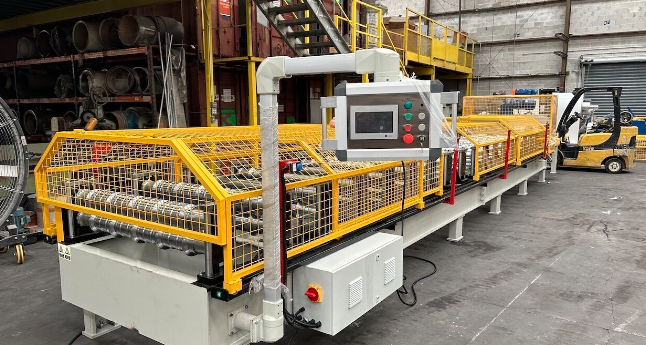
Posted on Wednesday, September 18, 2024
If you're looking for a panel roll forming machine in the United States, there are various manufacturers and suppliers offering machines tailored to different types of panels, including standing seam, snap-lock, or custom profiles. Here are a few points to consider:
Panel roof roll forming profiles
Panel roof roll forming machines are used to produce a variety of profiles for roofing systems. The profile type depends on the application, aesthetics, and installation method. Below are some of the most common roof panel profiles that can be produced by roll forming machines:
When choosing a roll forming machine for roof panels, it's important to consider the type of profile, the material thickness, the width of the panels, and whether the machine allows for adjustable profiles or is specialized for a single type.
Let me know if you are looking for specific machines or profiles!
Machine matcher specialise in matching your roll forming machine requirements with the perfect new or pre owned machine.
We partner with, and represent some of the finest roll forming manufacturers in the market. For more information and a free machine quote please contact us today or view all machines.
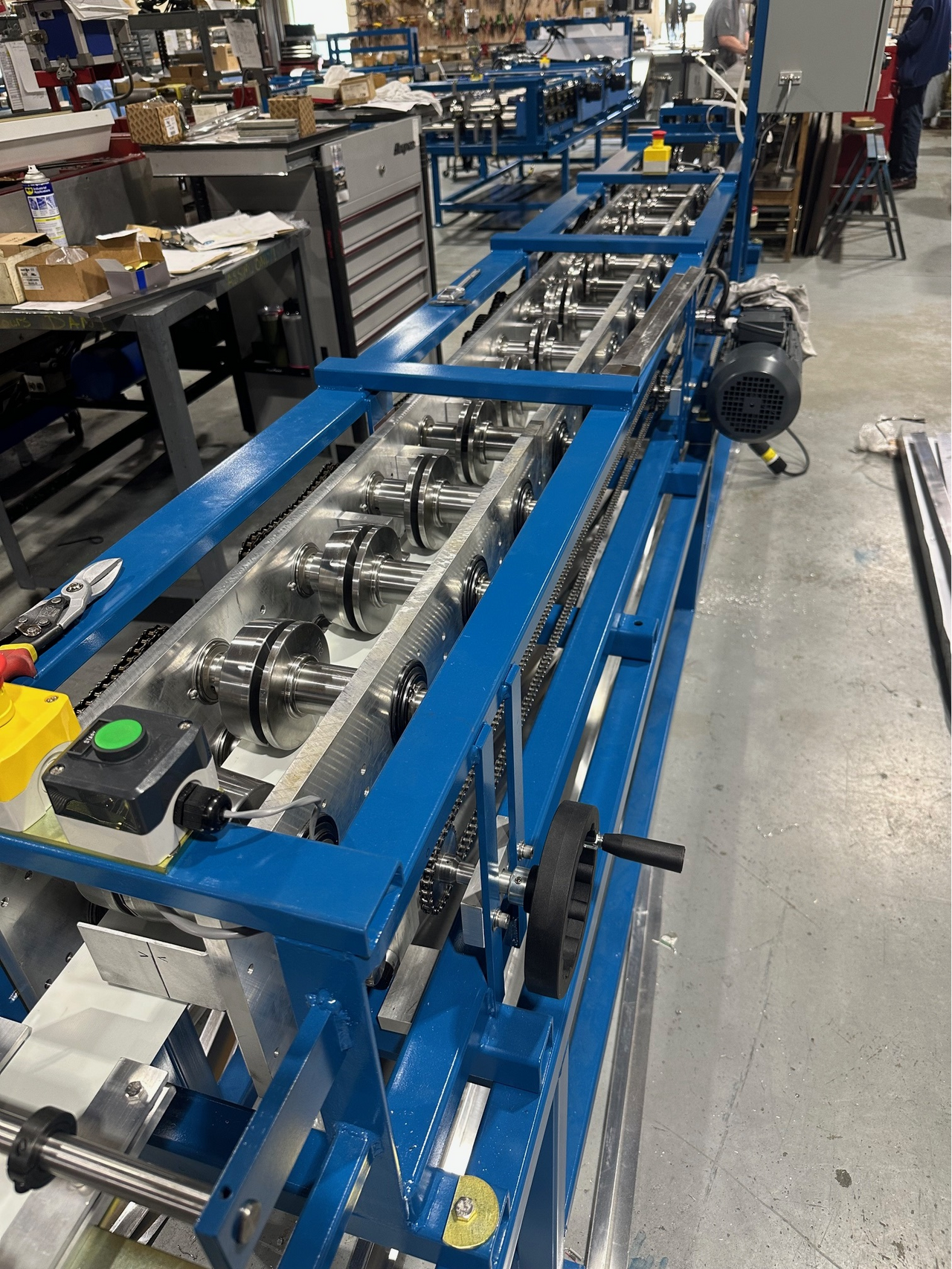
Most Popular Roll Forming Machines in the United Kingdom
Posted on Thursday, December 11, 2025
This blog breaks down the five most in-demand roll forming machines in the UK
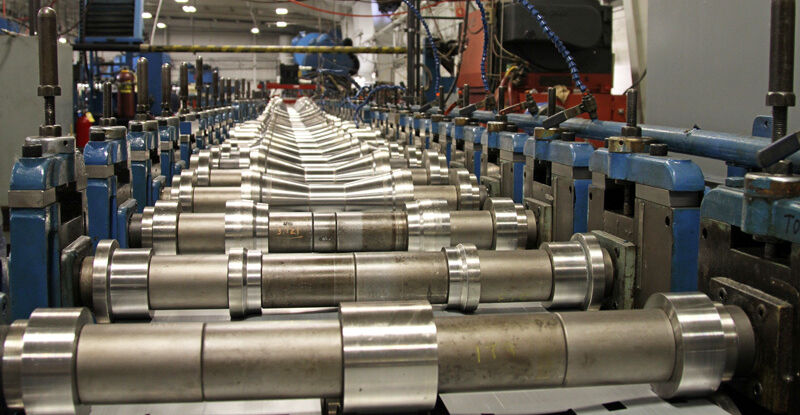
Can I Finance a Roll Forming Machine?
Posted on Thursday, December 11, 2025
Financing a roll forming machine is easier than most buyers think. Here’s how leases, loans, and payment plans make production affordable.
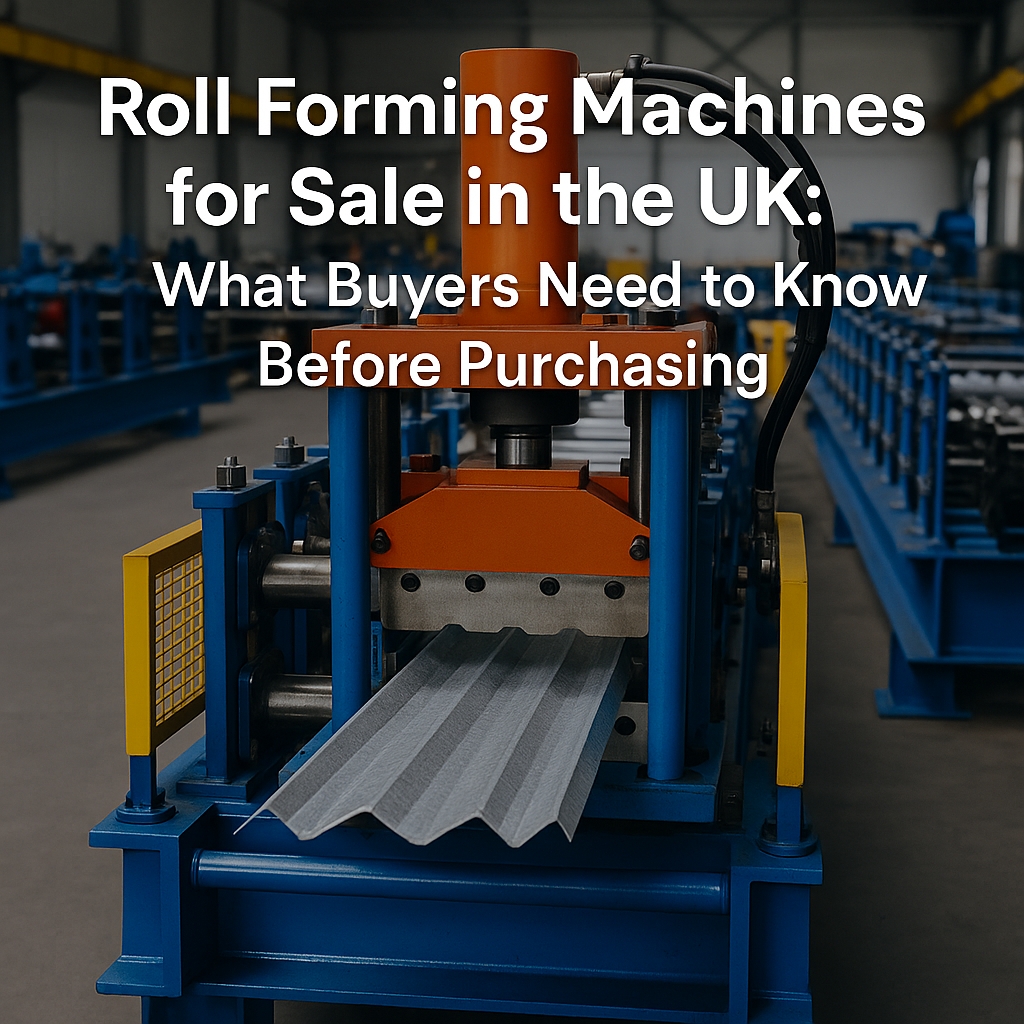
Roll Forming Machines for Sale in the UK: What Buyers Need to Know Before Purchasing
Posted on Thursday, December 11, 2025
This complete guide explains everything UK buyers must know before purchasing, including machine types, voltage requirements, CE/UKCA compliance
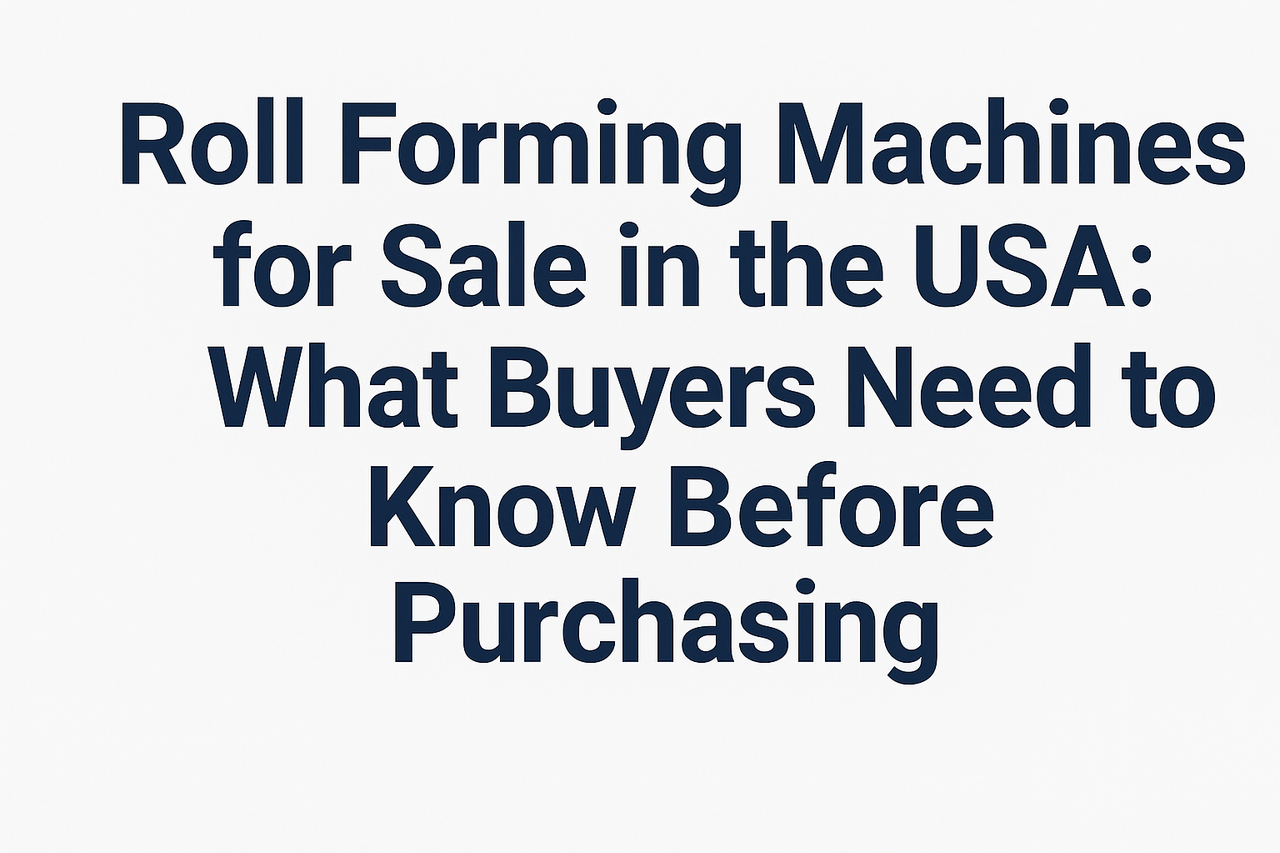
Roll Forming Machines for Sale in the USA: What Buyers Need to Know Before Purchasing
Posted on Wednesday, December 10, 2025
This guide explains everything U.S. buyers need to know before purchasing a roll forming machine, including machine types, pricing, voltage
Copyright 2026 © Machine Matcher.